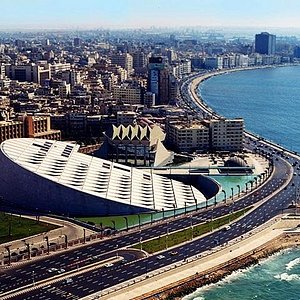Located on the Mediterranean coast of Egypt, Alexandria is a captivating city that offers a wealth of historical, cultural, and natural attractions. As one of the country’s major tourist destinations, Alexandria boasts a rich heritage that dates back to ancient times. Here is a brief introduction to the best places to visit in Alexandria.
Bibliotheca Alexandrina
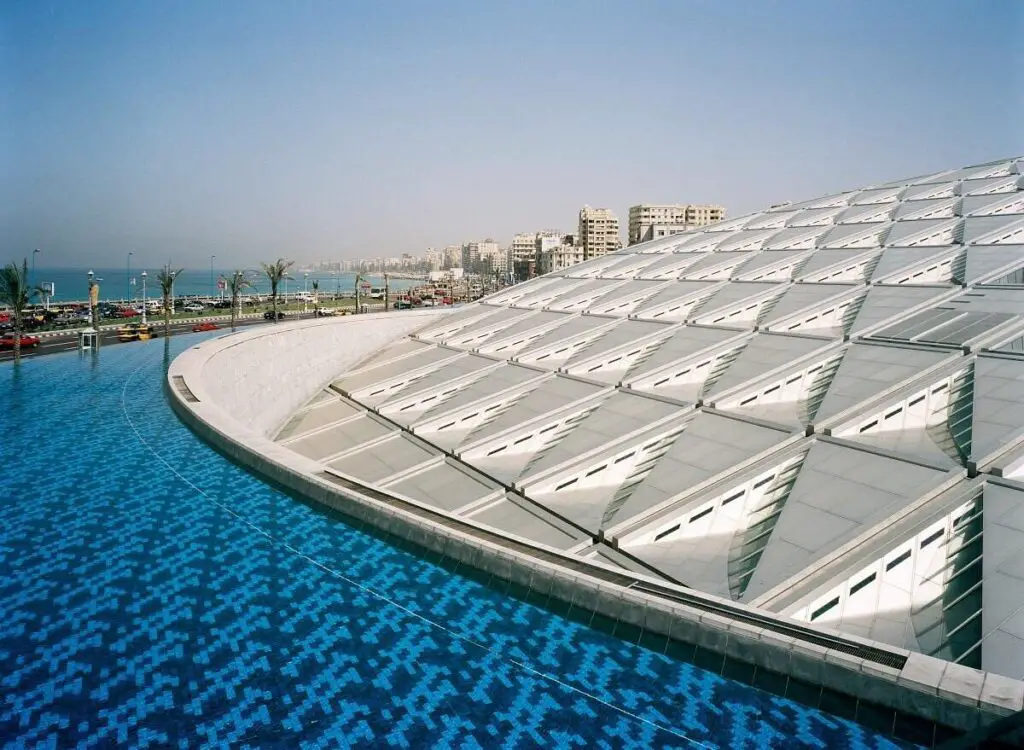
The modern Bibliotheca Alexandrina was officially inaugurated in 2002 and was designed to pay homage to the ancient library’s legacy. The architecture of the library is striking, featuring a vast cylindrical building with a tilted roof, reminiscent of a giant sun disk. The design represents the merging of past and present, symbolizing the library’s mission to bridge cultures and knowledge.
The library houses a vast collection of books, manuscripts, maps, and multimedia resources. It aims to collect, preserve, and provide access to knowledge from different fields, including humanities, sciences, and arts. The library’s collection covers a wide range of topics and languages, making it a valuable resource for researchers, scholars, and visitors.
The Bibliotheca Alexandrina is not just a repository of books; it also serves as a cultural and educational center. It hosts various cultural events, including exhibitions, concerts, theater performances, and film screenings. The library also offers educational programs and workshops for all ages, promoting literacy, research, and lifelong learning.
Citadel of Qaitbay
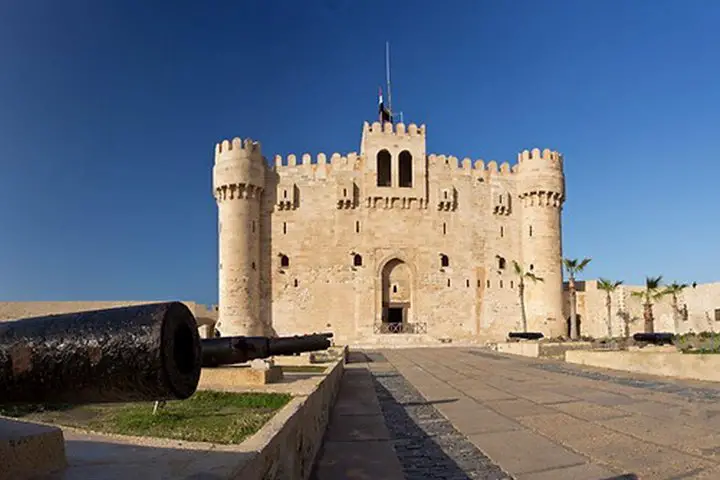
The Citadel of Qaitbay was built in the 15th century during the reign of Sultan Al-Ashraf Qaitbay, a Mamluk sultan. Its construction aimed to fortify Alexandria against potential invasions by sea and protect the city’s important harbor. The fortress was constructed using stones from the ruins of the ancient lighthouse, which was destroyed by earthquakes.
The Citadel of Qaitbay is a fine example of Mamluk military architecture. It features a rectangular layout with high walls and defensive towers. The exterior walls are fortified with battlements and gun emplacements, and there are several chambers and halls inside the fortress. The architecture reflects a blend of Islamic, Ottoman, and European influences.
The fortress was strategically positioned on a narrow peninsula that extends into the Mediterranean Sea, offering panoramic views of the surrounding coastline and the city of Alexandria. Its location allowed for effective surveillance and defense of the harbor and the city.
Visitors to the Citadel of Qaitbay can climb to the top of the fortress walls and towers to enjoy breathtaking panoramic views of Alexandria, the Mediterranean Sea, and the surrounding landscape. The vantage point offers a unique perspective on the city’s coastal beauty.
Montaza Palace
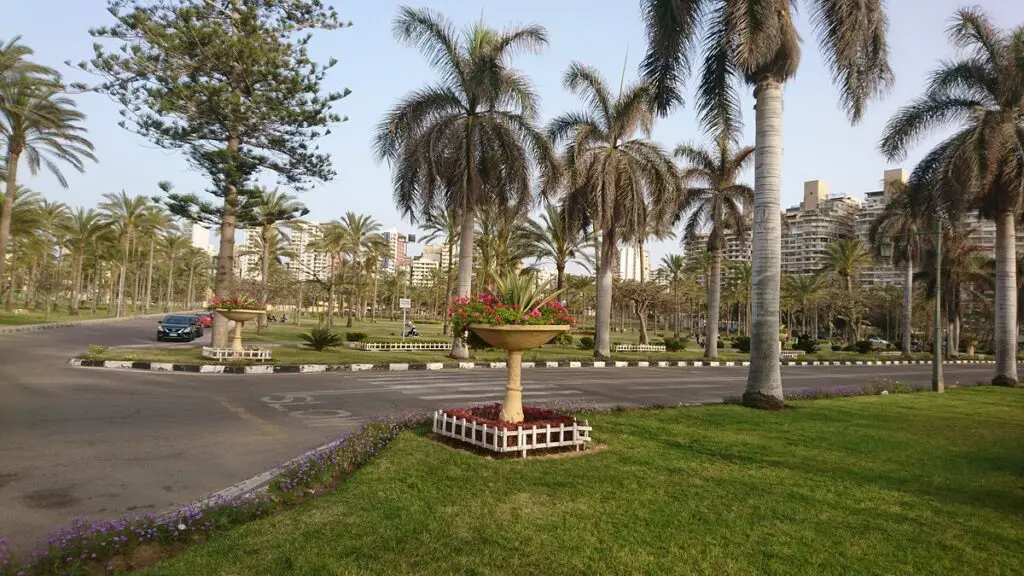
The palace complex was originally built in the late 19th century as a hunting lodge for Khedive Abbas II, the last Muhammad Ali Dynasty ruler to hold the title of Khedive of Egypt and Sudan. Later, the palace was expanded and transformed into a summer residence for the Egyptian royal family.
Montaza Palace exhibits a combination of architectural styles, blending Turkish, Florentine, and Andalusian influences. The main palace building features a distinct Ottoman architectural design, with ornate domes, arches, and intricate detailing. The gardens surrounding the palace are meticulously landscaped, combining elements of both formal and naturalistic styles.
The highlight of Montaza Palace is its extensive gardens, covering an area of about 150 acres. The gardens are known for their lush greenery, colorful flowers, and serene ambiance. They feature various tree species, including palms, cypresses, and eucalyptus, creating a refreshing and tranquil environment.
Within the Montaza Palace complex, there is a separate palace that was built for King Farouk, the last King of Egypt and Sudan. The palace is now a museum showcasing artifacts and memorabilia from King Farouk’s reign.
Montaza Palace is home to private beaches that are open to visitors. The sandy shores offer a relaxing spot to soak up the sun, swim in the Mediterranean Sea, or enjoy various water activities.
Pompey’s Pillar

Pompey’s Pillar is a massive granite column that stands at approximately 25 meters (82 feet) tall, including its base and capital. The column is made of a single piece of red Aswan granite, weighing around 285 tons. The shaft of the column is smooth and lacks any significant decorative elements, while the Corinthian capital at the top is intricately carved.
The purpose of Pompey’s Pillar is believed to be purely decorative, serving as a monument to commemorate the Emperor Diocletian. It stands as a testament to the grandeur and influence of the Roman Empire in Alexandria during that time.
Pompey’s Pillar is situated within the grounds of the ancient Serapeum, which was a temple dedicated to the Greco-Egyptian god Serapis. The pillar is the only remaining structure of the Serapeum complex, as the temple itself was destroyed during ancient times.
During excavations near Pompey’s Pillar, several important archaeological discoveries were made. These include a sphinx statue, ancient tombs, and remnants of a Roman theater.
Alexandria National Museum
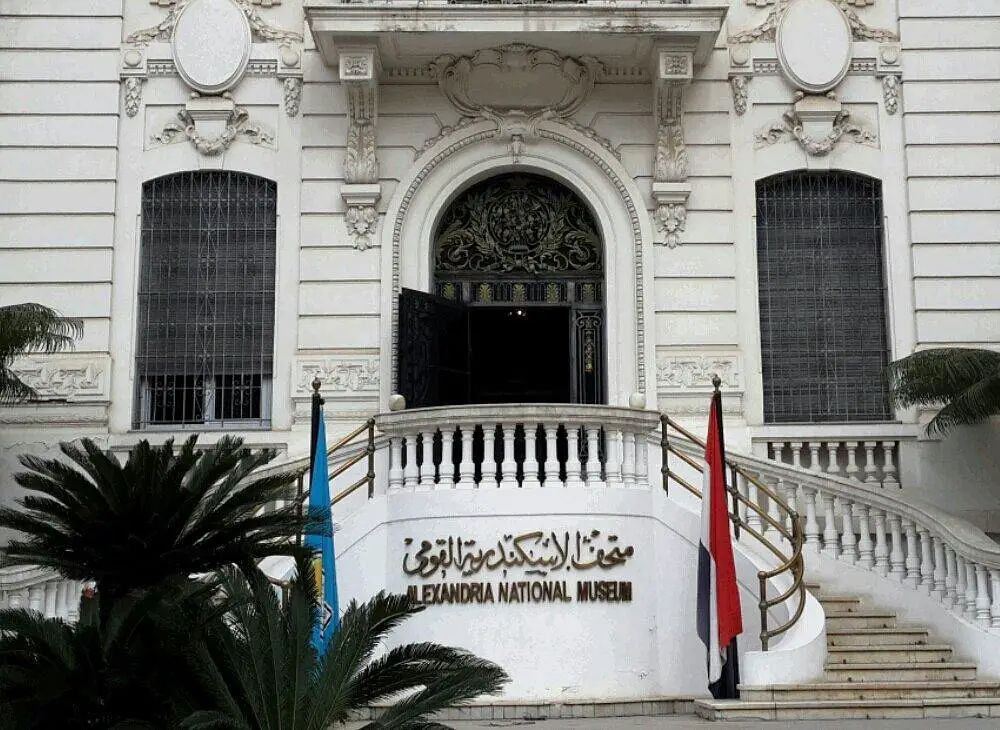
The Alexandria National Museum is situated in the district of Raml, near the heart of Cairo, Egypt’s capital city. It is located within the Al-Saad Bassili Pasha Palace, a beautiful 19th-century building that once served as a private residence.
The museum was established in 2003 with the aim of preserving and showcasing the rich history and heritage of Alexandria, a city with a significant cultural and historical importance in Egypt. The Al-Saad Bassili Pasha Palace was chosen as the location for the museum due to its historical significance and architectural beauty.
The museum’s collection spans various periods of Alexandria’s history, from ancient times to the modern era. It includes a wide range of artifacts, including sculptures, pottery, jewelry, coins, and statues. The exhibits offer insights into the city’s diverse heritage, including its Pharaonic, Greco-Roman, Coptic, and Islamic influences.
Some notable highlights of the Alexandria National Museum include the statue of the goddess Isis, the Roman-era mosaics, the collection of ancient Egyptian artifacts, and the Coptic Christian relics. The museum also showcases items related to the modern history of Alexandria, including memorabilia from the reign of Muhammad Ali Pasha, the founder of modern Egypt.
Corniche
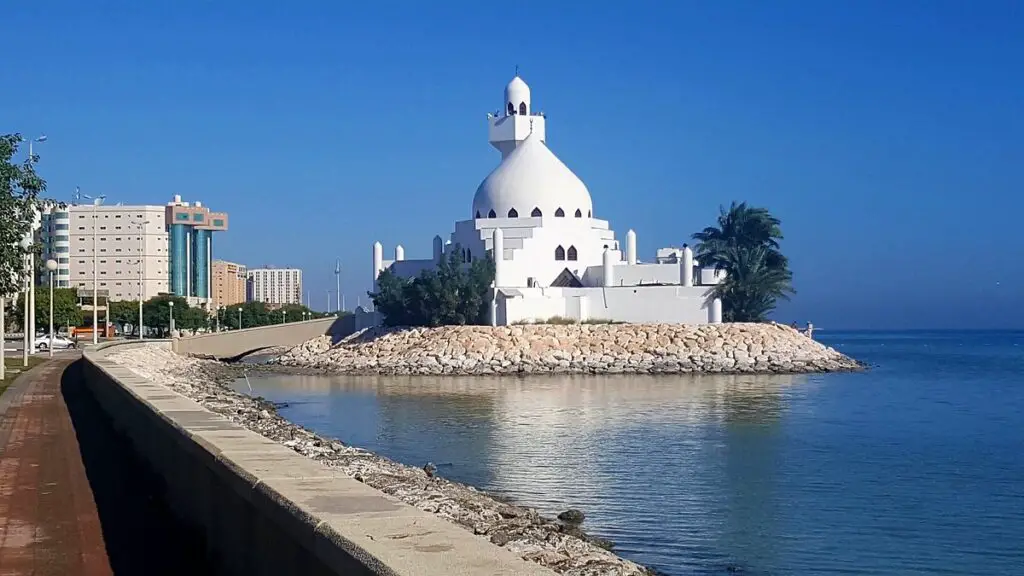
The Corniche extends for approximately 15 kilometers (9.3 miles) along the Alexandria coastline, starting from the eastern part of the city near the Montaza Palace and ending at the western neighborhood of Abu Qir. It is a scenic route that runs parallel to the Mediterranean Sea, offering stunning vistas of the water and the city skyline.
The Corniche features a well-maintained promenade that is perfect for leisurely walks, jogging, or cycling. The wide pedestrian pathway is lined with palm trees, gardens, and benches, providing a pleasant environment for visitors to relax and enjoy the coastal breeze. The promenade is interspersed with public spaces and parks where people can gather, have picnics, or engage in outdoor activities.
Along the Corniche, you will find a variety of attractions and landmarks. These include beach clubs, restaurants, cafes, and shops where visitors can indulge in local cuisine, shop for souvenirs, or simply enjoy the ambiance. Some notable landmarks along the Corniche include the Alexandria Opera House, the iconic Qaitbay Citadel, and the Bibliotheca Alexandrina.
The Corniche is known for its sandy beaches, which offer opportunities for swimming, sunbathing, and water sports. There are both public and private beaches along the coastline, where visitors can relax and enjoy the Mediterranean waters. Some popular beaches include Maamoura Beach, Stanley Beach, and Montaza Beach.
Catacombs of Kom El Shoqafa

The Catacombs of Kom el Shoqafa date back to the 2nd century AD during the Hellenistic and Roman periods. They were used as a burial site for wealthy Alexandrian citizens who followed a combination of Greek, Egyptian, and Roman customs and beliefs.
The catacombs were carved out of the natural rock formations beneath the ground. The complex consists of a series of chambers, passages, and tombs arranged on three levels. The design reflects a blend of architectural styles, with influences from ancient Egyptian, Greek, and Roman traditions.
The catacombs are organized into three main levels. The first level is the entrance level, which contains a spiral staircase leading down to the other levels. The second level features a central rotunda with numerous side chambers and burial niches. The third level is the deepest and most elaborate, containing more intricate decorations and larger tombs.
The Catacombs of Kom el Shoqafa showcase a fusion of artistic styles. The walls and ceilings of the burial chambers are adorned with intricate carvings, including mythological figures, Egyptian deities, and Roman influences. The blending of different cultural and artistic elements is one of the most remarkable aspects of the catacombs.
One notable feature within the catacombs is the “Hall of Caracalla,” named after the Roman Emperor Caracalla. It is a large banquet hall where mourners would gather to commemorate the deceased. The hall is decorated with beautiful reliefs depicting scenes of daily life, rituals, and ceremonies.
Alexandria Aquarium
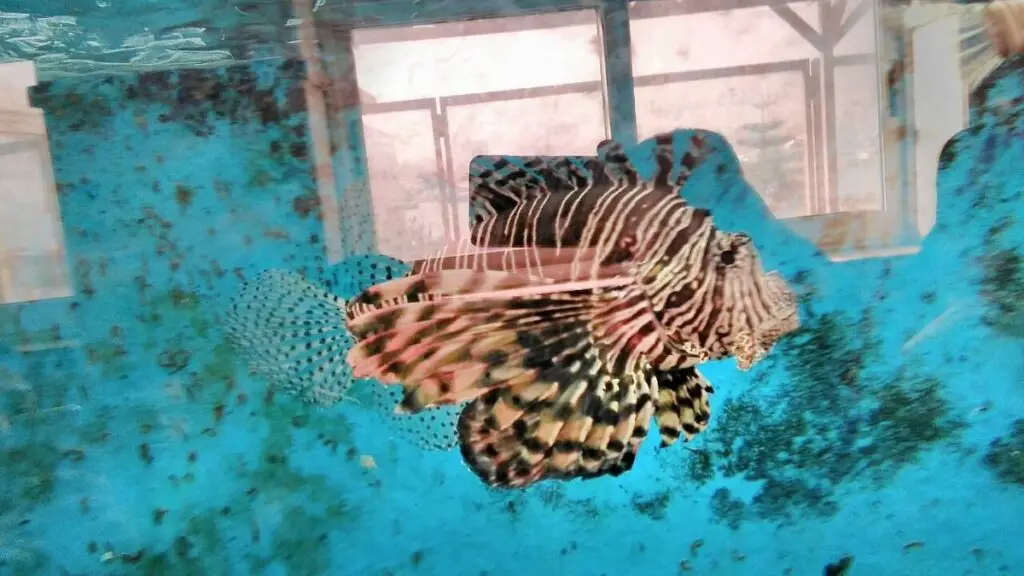
The Alexandria Aquarium features various exhibits that highlight the rich biodiversity of the Mediterranean Sea and the Red Sea. Visitors can observe a wide variety of fish species, coral reefs, and other marine organisms. The exhibits are designed to provide an educational and interactive experience, allowing visitors to learn about marine ecosystems and conservation.
The aquarium is home to numerous species of fish, including colorful tropical fish, sharks, rays, eels, and seahorses. Visitors can also see turtles, lobsters, crabs, and other fascinating marine creatures. The displays are carefully designed to mimic natural habitats and provide a glimpse into the underwater world.
The Alexandria Aquarium offers educational programs and activities for both children and adults. These programs include guided tours, workshops, and interactive sessions that focus on marine conservation, environmental awareness, and the importance of preserving marine ecosystems.
El-Mursi Abul Abbas Mosque
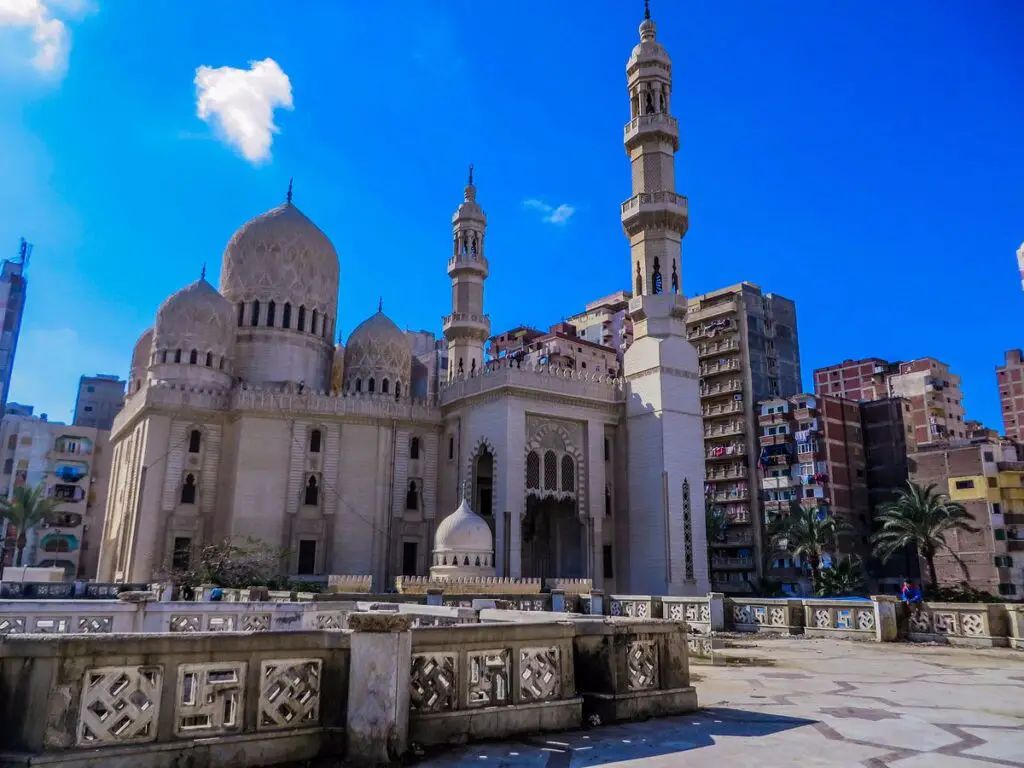
The mosque is named after the Andalusian Sufi saint, El-Mursi Abul Abbas, who lived in the 13th century. The original mosque was built in 1307 AD, but it underwent several renovations and expansions over the centuries. The current structure was reconstructed in 1943 and further restored in the 1990s.
The El-Mursi Abul Abbas Mosque showcases a fusion of different architectural styles. The main structure features a blend of Islamic and Moorish designs, with a distinctive and elegant minaret that stands tall and is visible from afar. The mosque’s facade is adorned with intricate geometric patterns and Arabic calligraphy, adding to its visual appeal.
El-Mursi Abul Abbas Mosque holds great cultural and religious significance for the people of Alexandria and is one of the city’s most prominent landmarks. It attracts both locals and tourists who come to admire its architectural grandeur and experience the peaceful ambiance.
The mosque is conveniently located near the Alexandria Corniche, overlooking the Mediterranean Sea. Its central location makes it easily accessible and a popular destination for visitors exploring the city.
El-Montazah Royal Gardens
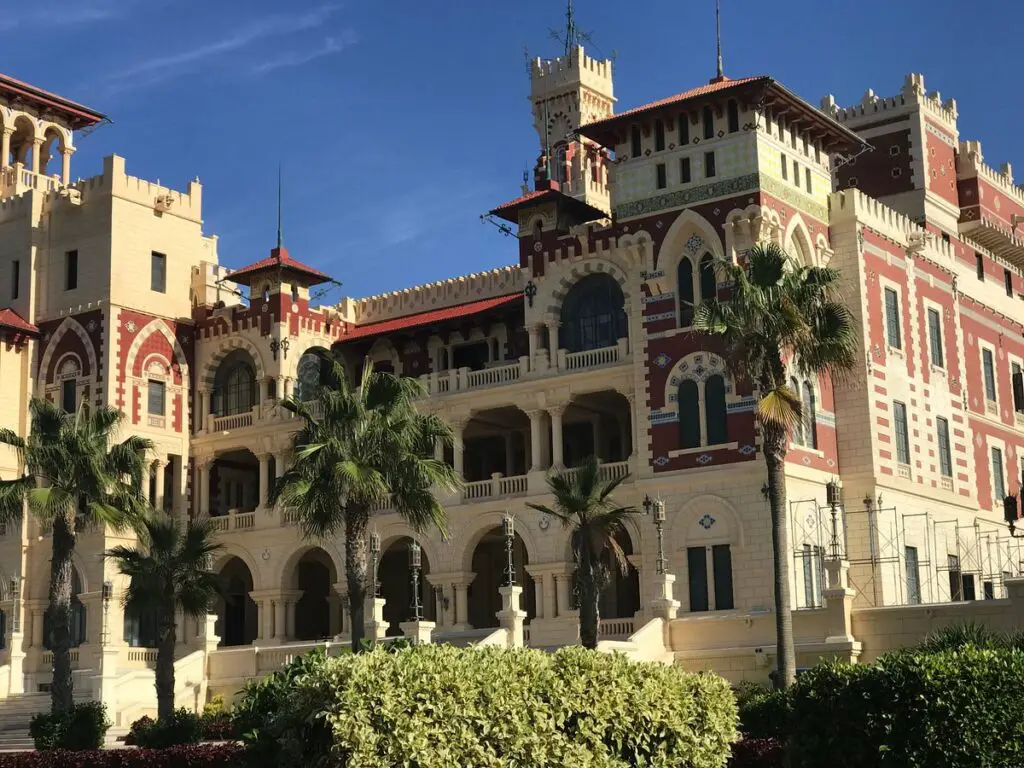
The El-Montazah Royal Gardens were established in the late 19th century during the reign of Khedive Abbas II, the last Muhammad Ali Dynasty ruler of Egypt. The gardens and palaces were originally intended as a summer retreat for the Egyptian royal family. The palace complex has been used by subsequent rulers, including King Farouk I and later Egyptian presidents.
The El-Montazah complex comprises several buildings, including the Salamlek Palace and the Al-Haramlik Palace. The Salamlek Palace was built for the accommodation of male members of the royal family and guests, while the Al-Haramlik Palace served as the residence for female members of the family. These palaces exhibit stunning architectural features and offer glimpses into the royal lifestyle of the past.
The El-Montazah Royal Gardens are sprawling and beautifully landscaped, covering a vast area of around 150 acres. The gardens boast manicured lawns, colorful flowerbeds, palm trees, and a variety of other plants and trees. Visitors can stroll through the lush greenery, enjoy the fragrant scents, and admire the picturesque views of the Mediterranean Sea.
The El-Montazah complex is located on the Mediterranean coastline, offering access to stunning sandy beaches. Visitors can relax on the shores, soak up the sun, and take a refreshing dip in the clear blue waters. The beaches in the vicinity of El-Montazah are known for their cleanliness and natural beauty.

